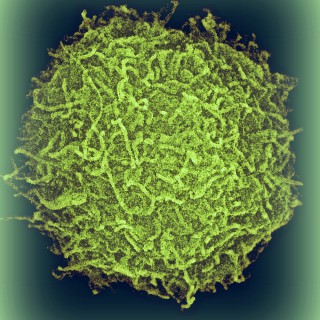More accurate cancer diagnosis with 3D method
New three-dimensional X-ray screening can detect more breast cancer tumours than traditional mammography screening. The 3D technology also makes it easier to determine the size of the tumour, and less painful for the patient because the breast does not have to be compressed as firmly.
In the new method, a number of X-ray images are taken from different angles, thus producing a three-dimensional picture of the breast instead of a single mammogram showing all the breast tissue. The total radiation dose is roughly the same as for normal mammography screening.
Important to avoid over-diagnosis
Daniel Förnvik, a hospital physicist at Skåne University Hospital and doctor of medical science at the Department of Clinical Sciences in Malmö, has evaluated the method.
“The 3D technology is more precise and enables more accurate breast cancer diagnosis. This also makes it more likely that women receive the correct treatment”, says Dr Förnvik.
However, the method is not yet ready to be implemented fully in the Swedish health service, according to Daniel Förnvik. There is a risk of over-diagnosis of breast cancer, and it is important to ensure that the new technique does not contribute to this. The time spent on each scan is also longer than for a traditional mammogram, because more data is generated. From a financial perspective, it is important to reduce the time it takes to analyse the data, and this is the current focus for Dr Förnvik’s research group.
Best on dense tissue
“The advantages of the technique are most pronounced when it is used on breasts with dense tissue. One of a number of possible scenarios is therefore that the 3D method could be used selectively, if a decision is taken not to phase out the current technology completely”, explains Daniel Förnvik.
A large-scale screening study using the 3D technology is currently underway at Skåne University Hospital in Malmö. The screening of the 15 000 women who have participated in the study is almost complete, but a lot of analysis work remains to be done. An interim study with preliminary analysis of 7 500 women is expected to be published shortly.
Text: Björn Martinsson and Pia Romare
First published 2013



